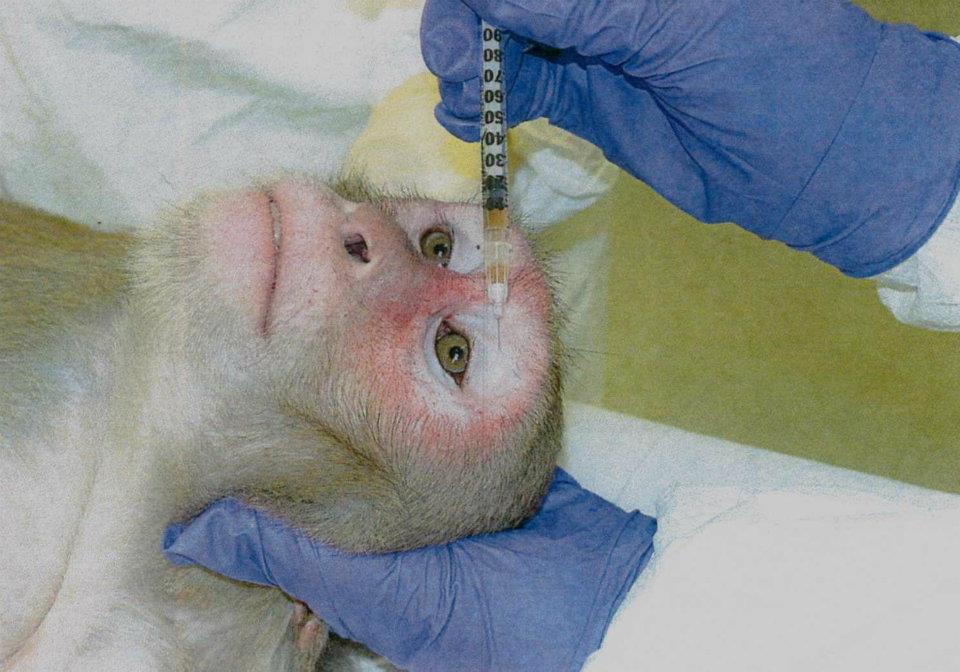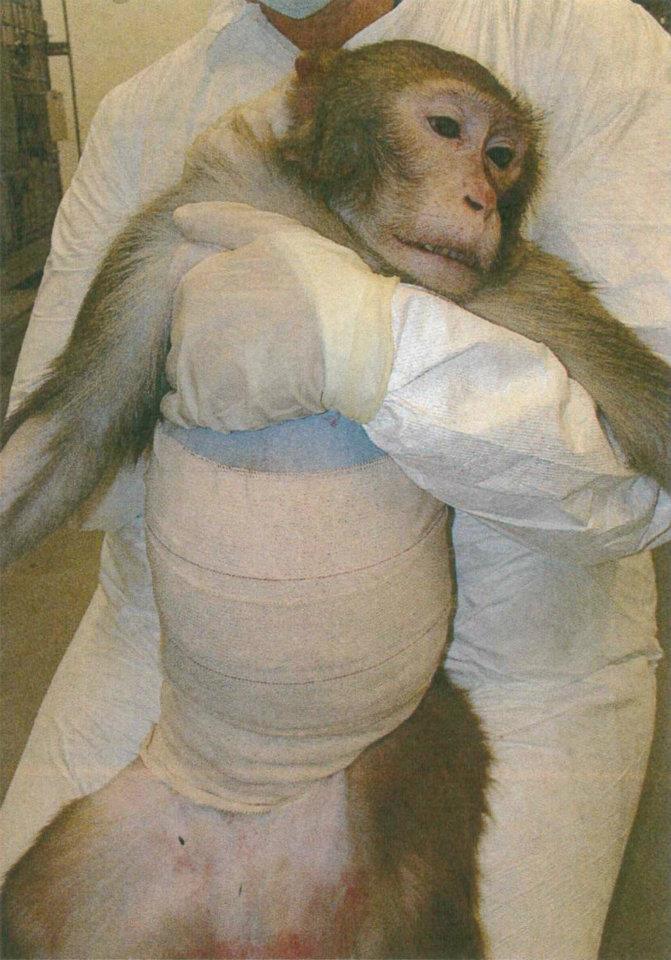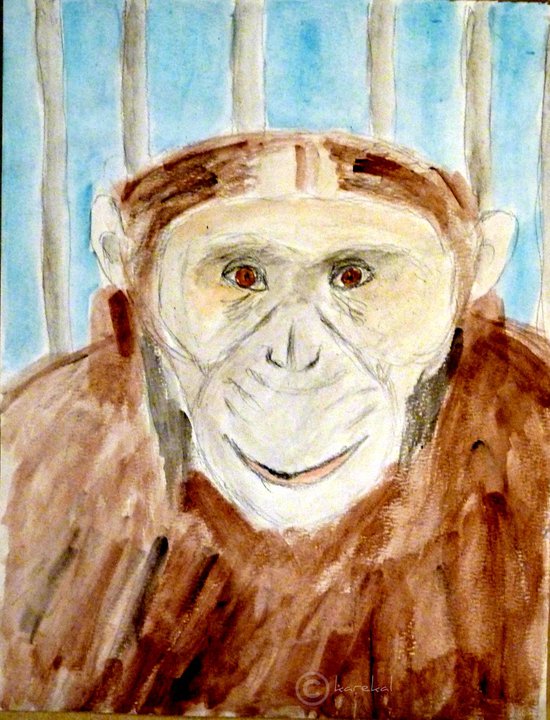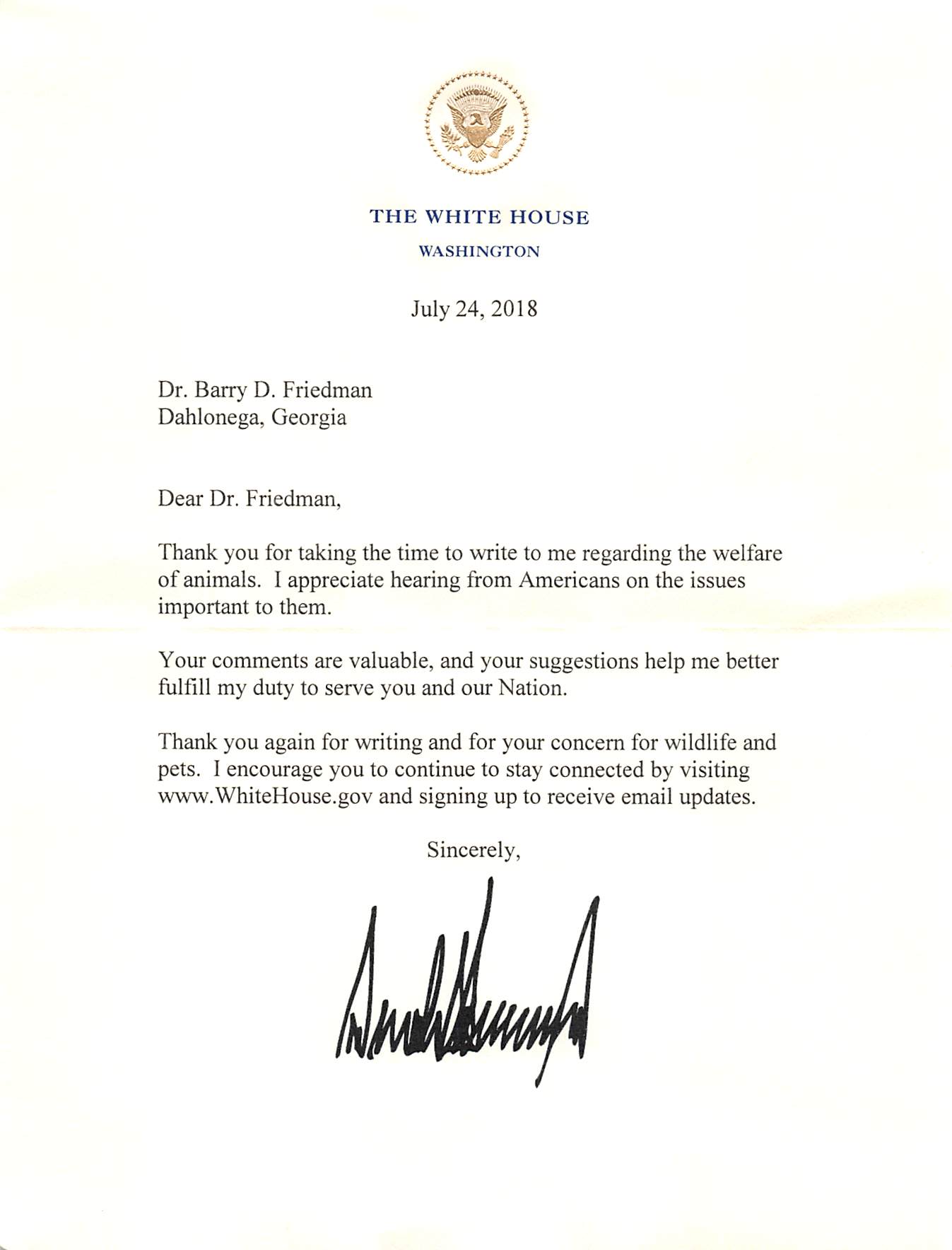
THE HORRORS OF ANIMAL EXPERIMENTATION IN RESEARCH LABORATORIES
Posted by Barry D. Friedman
If you can stand it, look at what happens to animals in laboratories at the University of Florida. (Credit: http://universityofflorida.us .)




More photos appear on the Web page at http://faculty.UNG.edu/bfriedman/bfried/AnimalLab/horror.html .
| SUPPORT CAMILLE MARINO |
 |
Comments from people who care about these laboratory animals appear on the Web page at http://faculty.UNG.edu/bfriedman/bfried/AnimalLab/comment.html . |
|
EFFORTS OF THE UNIVERSITY OF FLORIDA TO SUPPRESS PUBLICITY AND CRITICISM See “University of Florida: Criminalizing Transparency,” at http://faculty.UNG.edu/bfriedman/bfried/AnimalLab/UFtrans.html |
|
BARRY FRIEDMAN'S LETTER TO ANIMAL-FRIENDLY MEMBERS OF CONGRESS http://faculty.UNG.edu/bfriedman/bfried/AnimalLab/Congress.html |
 |
| "It turns out that the vast
percentage of animal experimentation has not benefited human health or
animal health. And there is a whole body of research growing into
ways of conducting medical experimentation, pharmaceutical testing,
without using any live animals. When it comes to
chimpanzees--because they're so like us, because their DNA differs from
ours by only just over one percent, because you could have a blood
transfusion from a chimp if you match the blood groups, because the
immune system is so like ours that they can catch or be infected with
all known human diseases, because the brain is so like ours that it's
just almost the same but a bit smaller--they have been used as guinea
pigs, to learn about diseases which otherwise are unique to us.
Very little of that research has actually led to results that have
benefited us." -- Jane Goodall, interviewed by the Academy of Achievement. See the entire compelling interview at http://www.achievement.org/autodoc/page/goo1int-8 . |
|
An excerpt
from “Taking Animal Rights to a Presidential Podium” by Ingrid Newkirk (PETA Global,
Winter 2020, pp. 6‑7):
Let
Compassion Take Wing
I shared another story [at the International Nonviolence
Conference in Bethlehem (on the West Bank of the Jordan River)]:
The writer Loren Eiseley once trapped two sparrow hawks to ship
to a zoo. But he slipped as
he was moving them, and the male bit him on the thumb, allowing his mate
to fly off.
The next morning, as Eiseley was building a cage, he picked up
the male hawk and could feel his heart pounding under his feathers.
As the bird stared up into the sky, Eiseley decided to let him
go.
“He flew up into the towering emptiness of light and crystal that
was so intense that my eyes could scarcely bear to penetrate it.
There was silence.
Then, from far up somewhere, a cry.
When I heard that cry my heart turned over,” Eiseley recalled.
“Coming straight out of the sun’s eyes, where she must have been
soaring restlessly above us for untold hours, hurtled his mate.
And from far up, ringing from peak to peak, came a cry of such
unutterable and ecstatic joy that it sounds down across the years as I
write. . . . Then they were
gone forever somewhere into those upper regions beyond the eyes of men.”
Birds are capable of productive love, most stay with their
partner for life, and they are great parents‑‑yet many humans still
treat them like unfeeling objects rather than fellow sentient beings. |
| ". . . Animals (a term I will use to encompass
not only mammals but also birds, fish, reptiles, and insects) are too
deeply involved in the political sphere--as subjects of regulation,
members of families and communities, and even workers--to be treated as
mere undifferentiated, nonsentient, inanimate things. They are
best understood as neither human persons nor mere things but fellow
creatures, co-inhabitants of our ecological and social spaces.
They form a wildly diverse set, differing among themselves in terms of
physical, emotional, intellectual, social, and, accordingly, moral
characteristics. Our laws and practices must attend to those
differences, as well as their similarities to and differences from
humans. . . . "Animals may be guided more by instinct than by reason, but they still have ways of dwelling intelligently in the world. Indeed, aspects of that freedom are shared by humans; humans, too, may act according to habit, emotion, and other nonrational drives in socially valued ways. This sort of behavior is also included in our liberal conception of a life free from domination. I would suggest, then, that there is nothing inconsistent or illiberal about including animal liberty among our public values. . . . "[Alice] Walker develops [an] argument in her short essay, `Am I Blue.' Blue is the name of [a] horse owned by a neighbor and pastured near Walker's house. As she became acquainted with the horse, she discovered to her delight that she had no trouble communicating with him. She says, `I was shocked that I had forgotten that human animals and nonhuman animals can communicate quite well; if we are brought up around animals as children we take this for granted. By the time we are adults we no longer remember.' The animals don't stop expressing themselves, of course; it is just that adults learn to ignore them. Walker suggests that we are able to learn this kind of indifference or deafness because we have power over them; we don't have to listen to them. In other words, animals' `inability' to communicate with us is not a natural fact; it is an artifact of our domination over them." -- Kimberly K. Smith, Governing Animals: Animal Welfare and the Liberal State (New York: Oxford University Press, 2012), pp. xiv, xxii-xxiii, 114 |
|
|
See “Interview with Nick Jukes, Coördinator
of InterNICHE,” at
http://antidote-europe.org/en/interviews/nick-jukes-about-dissection/
See “Dr. Martin Ashby on animal experimentation,” at http://antidote-europe.org/en/interviews/dr-martin-ashby-on-animal-experimentation/ . |
|
From the Web site of the University of Georgia's
S.O.S. ("Speak Out for Species")
organization at
http://sos.uga.edu/experiments.html
PROBLEMS WITH ANIMAL EXPERIMENTATION Using animals for medical experimentation, product testing, and education is a controversial subject that often leads to heated debate. While the issues are complex, the suffering involved in animal experimentation is painfully obvious. Today, tens of millions of animals are used each year in federally and privately funded experiments. An estimated 90 percent of all animals used in research are rats and mice, though many other species are also used, including guinea pigs, dogs, cats, rabbits, nonhuman primates, and farm animals. The majority of state animal cruelty laws in the U.S. specifically exclude animals used in experiments. The Animal Welfare Act (AWA) is the only federal law to require basic standards of care, housing, and treatment of laboratory animals. However, the AWA excludes birds, mice, and rats bred for use in research, who represent approximately 95 percent of animals used in experiments. Like all animals, these mice and rats share the capacity to suffer fear and pain. Many animal advocates oppose animal experimentation (vivisection) on ethical grounds, believing that it is morally wrong to harm one species in hopes of benefiting another. Beyond this ethical position, there are serious scientific and health issues involved as well. Animal experimentation has led us down countless scientific dead ends, while detracting attention and funds from more applicable scientific techniques. In reality, animal research never guarantees that medications and other products will be safe and effective for humans. All drugs that have been pulled off the market because they caused severe illness or death in human patients were previously tested on other animals. The practice of animal experimentation and testing continues not because it is the most accurate or reliable means of research, but rather because of tradition, peer pressure, and enormous promotion from those with strong vested interests. Check out these sites for more information…
ALTERNATIVES TO ANIMAL EXPERIMENTATION The development of non-animal alternatives in research and testing has grown dramatically in the past 20 years and is widely recognized as a legitimate and important area of basic and applied scientific investigation. The use of alternative techniques leads not only to more reliable scientific conclusions, but also to a more humane approach that, in many cases, can replace live animal use completely. The three categories of alternative techniques in research and testing are commonly known as the "Three R's" — reduction, refinement, and replacement.
SHOP WITH COMPASSION You can use your power as an informed consumer to help end the use of animals in product testing. By selecting only cruelty-free products, you'll be making a powerful statement about your beliefs to the animal experimentation industry. Today hundreds of companies conduct no animal testing, and dozens more include no animal ingredients. Stores are putting more of these items on their shelves. Every time you purchase an animal friendly product, you support animal friendly companies. Determining whether a product is tested on animals is easy! Look for the Leaping Bunny, an internationally recognized logo for products that have not been tested on animals at any stage of development. Buying products with the Leaping Bunny logo takes the guesswork out of shopping and guarantees cruelty-free products you can feel good about using. Use your dollars to send a strong message that animal testing is outdated and unnecessary! WHO IS AND WHO ISN'T TESTING ON ANIMALS The Coalition for Consumer Information on Cosmetics (creators of the Leaping Bunny standard) provide a handy online Shopping Guide to products not tested on animals, including cosmetics, personal care and household products.
Note: The Web site of VetTechnicians ( http://vettechnicians.org ) may contain useful contact information. Please use this source selectively; for example, I do not sponsor contacts with the animal- and dairy-industry operatives that may be listed. |
| PLEASE NOTE: Barry Friedman has retired. He is not adding to or updating the lists that appear below any longer. |
|
|
Can't we human beings do better than this? The laboratory animals need the active effort of every person who has ever been touched emotionally by an animal to put a stop to the torture and killing in research laboratories. Are you motivated to help these defenseless animals? Please write to me at bfriedman@UNG.edu .
Personal disclaimer: This page is not a publication of the University of North Georgia and UNG has not edited or examined the content of the page. The author of the page is solely responsible for the content.
Return to
Barry Friedman's home page . . .
Accessibility
Last updated on